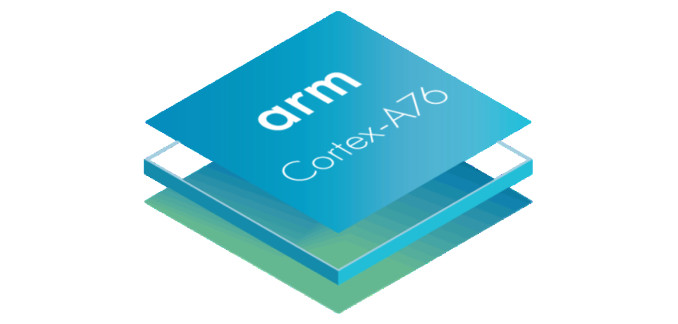
Samsung Electronics today announced that it is expanding its strategic collaboration with Arm to 7/5-nanometer (nm) FinFET process technology with an aim to remain a step ahead in the era of high-performance computing.
The ARM Artisan physical IP platform which is based on the Samsung Foundry’s 7LPP (7nm Low Power Plus) and 5LPE (5nm Low Power Early) process technologies, will enable 3GHz+ computing performance for Arm’s Cortex-A76 processor. The company says that its 7LPP process technology will be ready for its initial production in the second half of 2018.
Furthermore, the first extreme ultraviolet (EUV) lithography process technology and its key IPs are in development and expected to be completed by the first half of 2019. The 5LPE technology will allow greater area scaling and ultra-low power benefits, thanks to the innovations in 7LPP process technology.
The Arm Artisan physical IP platform for Samsung’s 7LPP and 5LPE includes HD logic architecture, 1.8V and 3.3V GPIO libraries. The ARM will also provide Artisan POP IP solutions on its latest processor cores featuring Arm DynamIQ technology.
Last month ARM announced industry’s first Embedded MRAM (eMRAM) compiler IP built on Samsung Foundry’s 28FDS process technology and Arm Artisan physical IP offerings for Samsung Foundry’s 11LPP, 7LPP and 5LPE EUV process nodes.
Ryan Sanghyun Lee, vice president of Foundry Marketing Team at Samsung Electronics said:
Building an extensive and differentiated design ecosystem is a must for our foundry customers. Collaboration with Arm in the fields of IP solutions is crucial to increase high-performance computing power and accelerate the growth of Artificial Intelligence (AI) and Machine Learning capabilities.
Kelvin Low, vice president of marketing, Physical Design Group at Arm said:
Arm and Samsung Foundry have collaborated on a large number of chips using Artisan physical IP on Samsung Foundry process technologies. Samsung Foundry’s 7LPP and 5LPE nodes are innovative process technologies which will meet our mutual customers’ needs to deliver the next generation of advanced system-on-chips (SoCs) from mobile to hyperscale datacenters.
